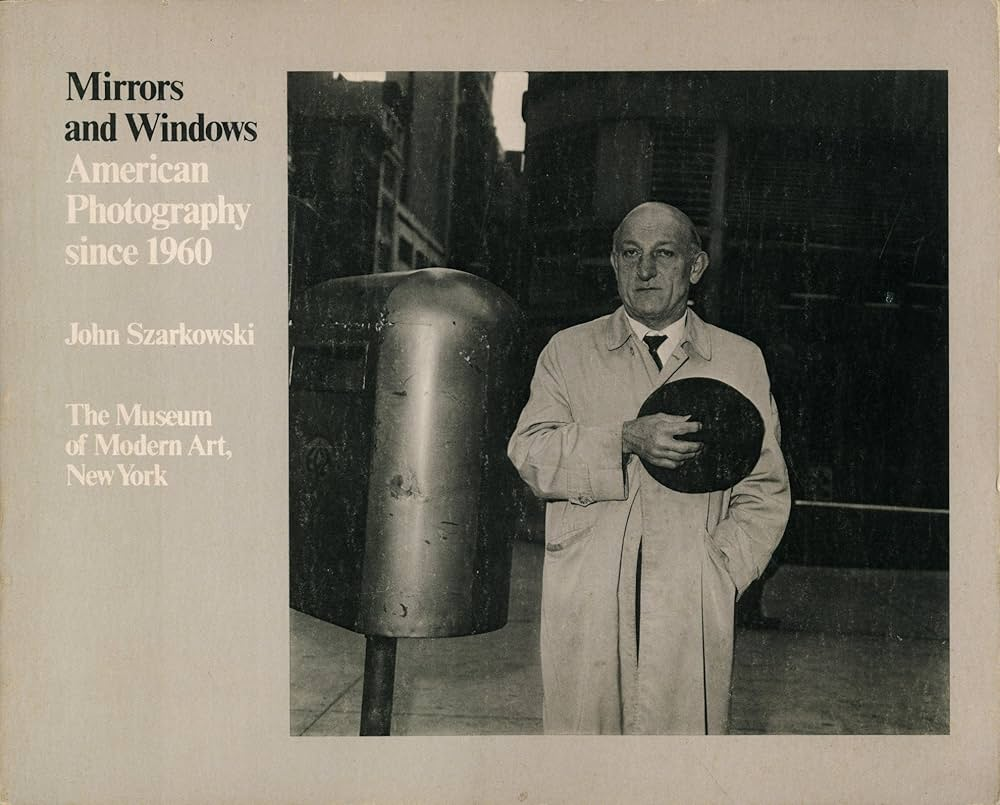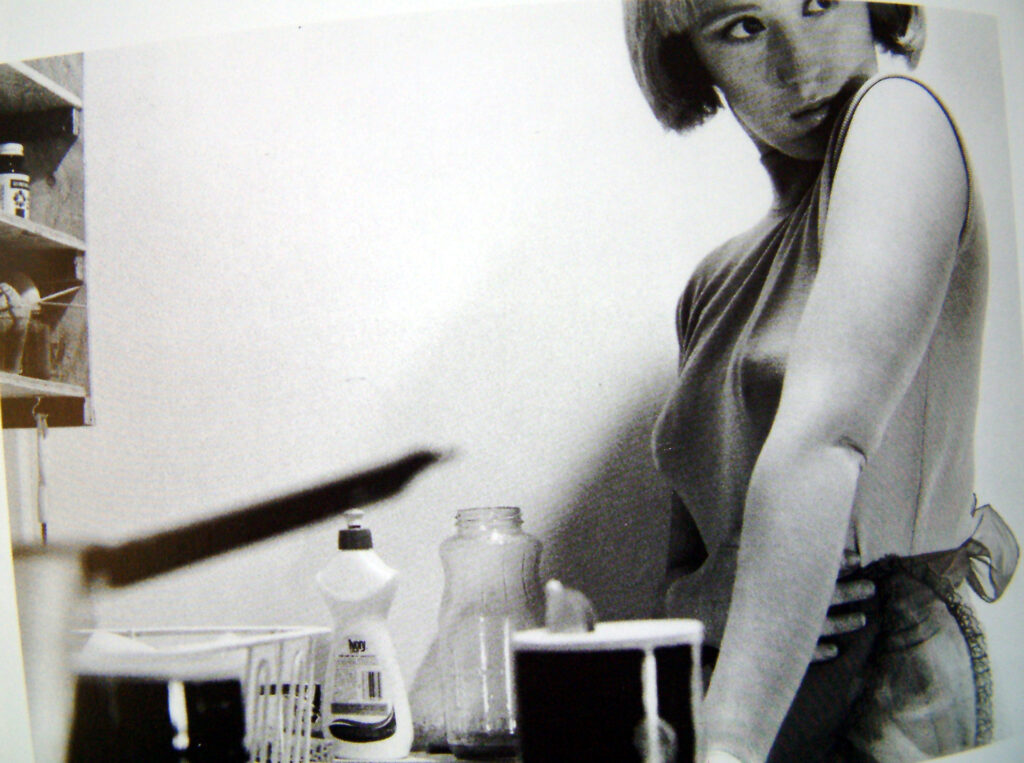What are the differences between photographs that are WINDOWS and MIRRORS?
Photographs that are windows and those that are mirrors are binary opposites to each other, being metaphorical in order to categorise them. Binary opposites are words or concepts which are opposed in meaning, being set off by one another and mutually exclusive terms. Images that are categorised as windows are those that take an objective stance and have a perspective that is documentary-style. This allows the exterior world to be explored in all its presence and reality, getting to know the world around us better. On the other hand, mirrors are images which are personal to the photographer and have an element of privacy. These images are curated in order to be reflective of the photographer to create a subjective viewpoint instead. This paints a romantic picture of the photographer’s sensibility, making them open to personal interpretation. This raises the question of whether an image is external of the photographer or an internal reflection.
John Szarkowski:
Szarkowski curated this exhibition of American photography at the Museum of Modern Art, New York (MoMa) in July of 1978 in an attempt to categorise the work which largely reflected the subjectivity of the artist in comparison with those whose work largely sought to see outside themselves. Szarkowski wrote a catalogue essay to accompany the exhibition:
“The distance between them is to be measured not in terms of the relative force or originality of their work, but in terms of their conceptions of what a photograph is.”
The quote above by Szarkowski stood out to me because it is looking at photography from a different perspective, being that photography isn’t defined by how original your images are or what is within the image, but focuses on the different perceptions of photography and the different associations made. I think this quote is really important because it shifts the narrative of photography from being technical and critical, and instead more conceptual, intentional and meaningful.
“is it a mirror, reflecting a portrait of the artist who made it, or a window, through which one might better know the world?”

SYNONYMS OF WINDOWS & MIRRORS:
Images that are mirrors are associated with the word tableaux – this is known as a static scene in acting containing actors or models silently, typically with scenery or props and posed in a cautious way. This word is applicable to images categorised as mirrors because they are manipulated scenes of fiction that are staged. The topic of romanticism is also associated with these reflective images due to its subjective nature, emphasizing imagination and emotion.
One the other hand, the topic of windows is associated with realism due to its straightforward, truth-telling tone. These images are also associated with words such as optical and candid because they are documenting external matters.

This self-portrait image above of Cindy Sherman comes from her ‘Untitled Film Stills’, in which she depicts stereotypical roles of women, gaining inspiration from films of the 1950s and 1960s. I see this image as a mirror due to it being staged, representing a fictional character in a manipulated environment. Additionally, this may be an internal reflection of Sherman’s emotion, feeling stereotyped and prejudiced due to her gender, hinting that she may have a distorted perception of herself alone. This reveals a private side to herself, letting the viewer know of her inner thoughts and feelings. The setting of this image may have been taken in a studio with props set up however, Sherman may have also taken this in her home for example as that is a domestic area and would be able to convey the message well. This would also have helped make the image a mirror as her home is a personal area that she is sharing with the viewer. I think that her expression of looking over her shoulder surrounded by this large empty space on her left suggests that she may feel as if she is forced to fit into these traditional roles against her will, for example representing women in the 50s and 60s as a female photographer when in these times, this would have been frowned upon and unheard of. Because she has turned to look over her shoulder, large diagonal shadows have been created behind her which may connote her hidden rage or distress, representing how these stereotypical viewpoints can be damaging and hurtful. The black and white tones of this image also help portray her emotions well as this is a more dynamic approaching, perhaps draining all the colour from the image to show the seriousness of the message she is sending, making the concept behind it more solemn.
